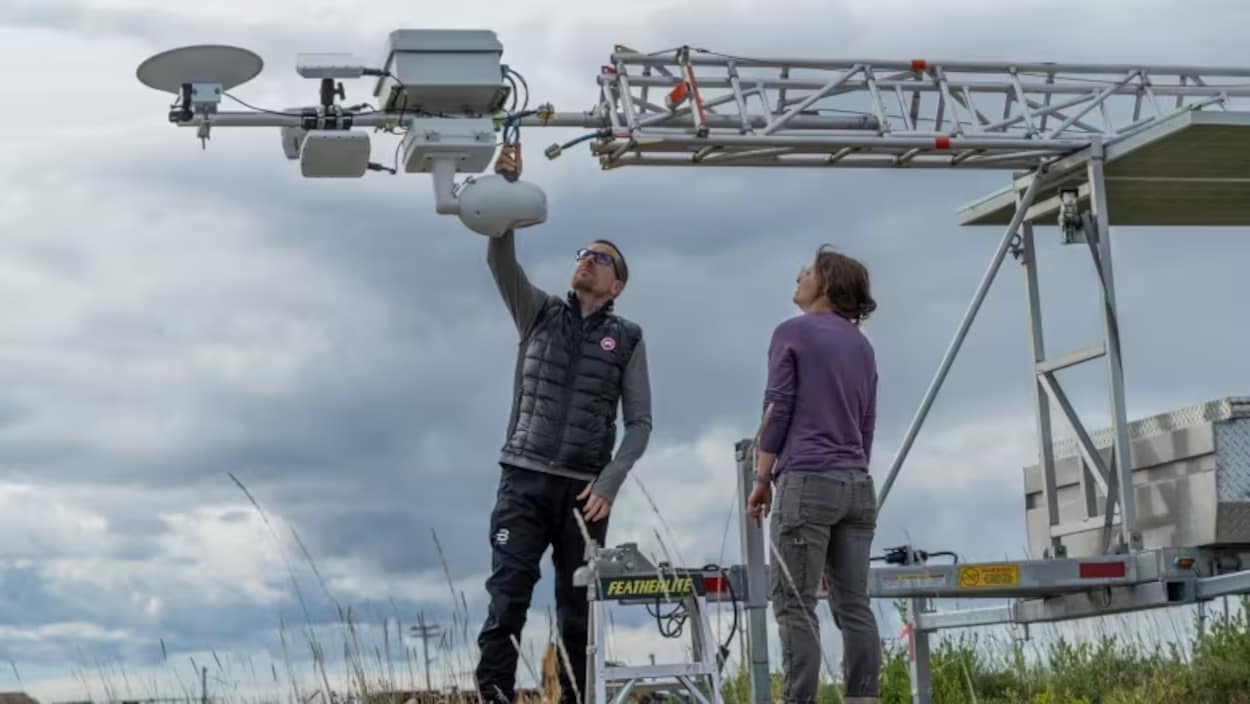Geoff York, a scientist at conservation organization Polar Bears International, is developing an early warning radar system that can detect polar bears from a distance and send alerts to alert people to their presence.
This system could also detect grizzly bears and black bears.
Polar bears live in a very different habitat than Alberta’s bears, but the two species have at least one thing in common: They are increasingly interacting with humans.
Communities in the Calgary, Banff and Jasper areas have had multiple encounters with black bears and grizzly bears this fall, as have hikers and campers in the backcountry.
The residents of Churchill, in Manitoba, have had similar experiences with polar bears. In fact, the city is on track to set a new record for polar bear sightings this year.
A scientist then thought about a new radar technology that could help people and bears live safely next to each other.
A tool for refinement
Geoff York, senior director of science and policy at Polar Bears InternationalHe has been working on the project for four years.
The tool, which uses artificial intelligence, is reportedly in its final pilot phase. This is a very useful potential tool to complement other measures taken
he said.
York says once the radar system is refined, it will be able to detect bears in areas where they are likely to come into contact with people.
The new system could also be equipped with strobe lights or speakers that automatically turn off when a bear is present, scaring it away.
A tool that can be adapted to the Alberta context
The researcher believes this technology could easily be applied to the Alberta context.
In addition, in the design of the program Polar Bears International worked with several Alberta bear specialists to share their experiences.
Gordon Stenhouse, a grizzly bear biologist, researcher and consultant in Hinton, is one of them. According to him, this system could prove useful in certain circumstances in Alberta: There may be applications in a warehouse or on a construction site where it is a confined area.
For example, as part of a drilling site, a radar could be installed that triggers an alarm if a bear is spotted. This would allow people working outside to remain indoors until the situation is assessed.
Geoff York also points out that the new system, which is currently being refined, is expensive, in the range of $30,000 to $80,000 to make it operational. It should be able to get cheaper over time.
With information from Kylee Pederson

Extreme problem solver. Professional web practitioner. Devoted pop culture enthusiast. Evil tv fan.




;Composite=(type=URL,url=https://images.radio-canada.ca/v1/assets/elements/16x9/outdated-content-2021.png),gravity=SouthEast,placement=Over,location=(0,0),scale=1)


